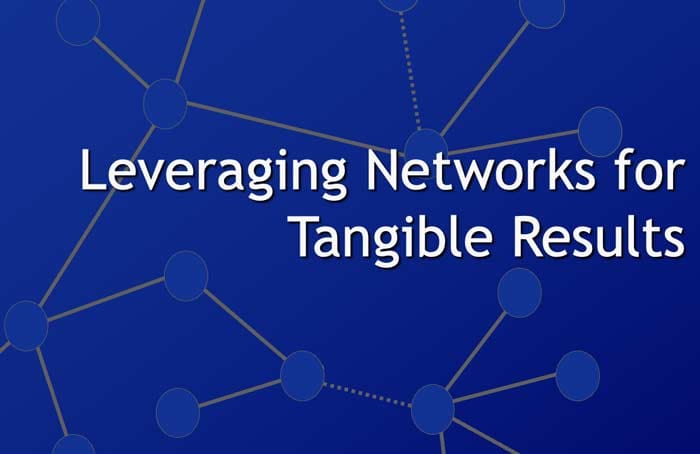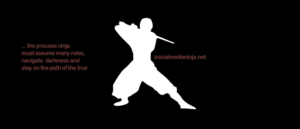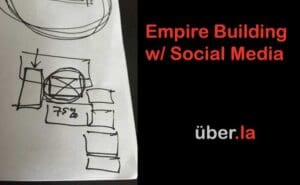Our problem is not information overload, it is filter failure.
Every morning when I wake up the media and inputs are screaming for my attention. It is up to me what I want to spend time contemplating, writing about, working on. Every single day we have to filter out thousands of messages, grabbing for our mental bandwidth. How do you FILTER? How do you determine what to pay attention to, what to mute (unsubscribe from) and what to simply ignore?
I’m going to share a few of my ideas on Filtering and how I get through my day without losing a grip on my focus and intention.
1. Determine Your Priorities
In the morning when I wake up, I am often already formulating an idea for writing. I spend most mornings, 6 – 7:30, writing. Not always on tech, but mostly crafting words in some fashion, often on my laptop. What I don’t do every morning is open my email, or open Facebook. I do not want the pull of everyone else’s drive and desire to misdirect me from mine.
2. Get Your Work Done
After my priority of writing is done, I turn toward work. (The paying kind, not the visionary kind.) I determine my schedule (calendar) and take a reading on client and colleague urgency (email). Then I make my mental map for the day: meetings, deliverables, phone calls, presentations, meals.
3. Do What’s Fun During the Breaks
Social media is fun and addicting. Facebook: funny cat pics, heated political cartoons shared around with passionate debate, whose birthday it is, what’s trending in the news that has people buzzing. Twitter: who’s ReTweeted one of my posts, what is my Tweet network chirping about, a quick search for trending topics to make sure I’m “in the know.” LinkedIn: any contact requests I need to consider, any news stories or announcements from my network that I need to promote? THEN: I do my social updates during the breaks (or switches) between other tasks. And I set a time limit, if it’s during the work day, that doesn’t allow me to get submerged in the chaos and chatter.
4. Know What’s Working
Understanding how information and social media impact your life is a critical lesson. Creating your own rhythm and response to that maddening roar for attention is even more important. I rarely open news sites, or hot topic sites (Feedbuzz, The Daily Beast, Huffington Post) unless my personal network of people are not hitting any engaging topics. I understand that a Facebook post is an opportunity to connect, make someone laugh, or drive traffic. And I’m clear on which of those GOALS I have when I post, tweet, or comment.
5. Kill What’s Not Working
I used to play a Facebook game during the breaks. But I then made a note of how many times I “just checked in” on my zombie farm or whatever. TIME SUCKS SUCK. I stopped playing Backyard Monsters, Knighthood, and several others, even occasionally, because they tended to draw me in for longer and longer periods of time. I also unsubscribe from email lists constantly. I filter crap spammers to junk mail. And I UNLIKE brands and pages on Facebook that don’t give me helpful information.
You don’t have to be disciplined about it if you don’t need the discipline. I do. I take specific times during the day to DO SOCIAL MEDIA, and other times to DO EMAIL.
We can’t afford to be sleepwalking and attempting to make a living working in social media. We can’t keep track of even 10% of the important developments, but it is critical to know and manage the 5 – 8% of the data stream that is critical to our success with our work.
Here is a summary from a previous post on FILTERING that goes with the graphic above:
- First be aware of your meta inputs: Facebook, Twitter, LinkedIn, news, and blogs
- Next are the direct inputs: email, rss, iGoogle (custom homepages)
Then you have to break your info gathering into timed chunks. If you are barraged by information all day it will be harder to separate your work (output) from the constant influx of information. I tend to check my feeds (inputs) at several routine times during the day. When I am done, I try to stay focused on my objectives and not let the input channels “leak” into my focused work time.
And then “as a filter” I do my part in curating the information that I am interested in. I am curating mainly for myself, but as people find my social media interests mirror their own they will follow me on Twitter or read/subscribe to my blog. At the same time I am pulling down my inputs I will rebroadcast or tag certain information for my own recall, but often for the benefit of others. If you follow me or the “#social” hashtag on Twitter you are likely to see several posts from me during the day. And on Facebook, you may be overwhelmed by my consumption and production of “content.” A recent friend told me they were giving me my own group on Facebook so I would not block out all the posts from other friends. And I will often bookmark valuable information on Delicious for quick tagging and retrieval.
So, I am a filter. I am not “curating” my social media inputs for anyone else, but indirectly I guess I am providing a service of “curation,” but not at the expense of creating content and opinion myself. If you are only curating, you are not really creating content. So tools like paper.li and other “publishing” platforms can be self-deluding.
If you are publishing your “daily” but not adding anything to the conversation I’m not all that interested in subscribing to your output as one of my inputs. If you write something original and thought-provoking, I will gladly add you to my stream as an input.
It’s all about Inputs & Outputs. Get it under control and you can process more information while keeping your focus.
This post continues or is updated here: You Are a Meta-Filter.
John McElhenney — let’s connect online
@jmacofearth & Facebook & LinkedIn & The Whole Parent
Please check out some of my books on AMAZON.




